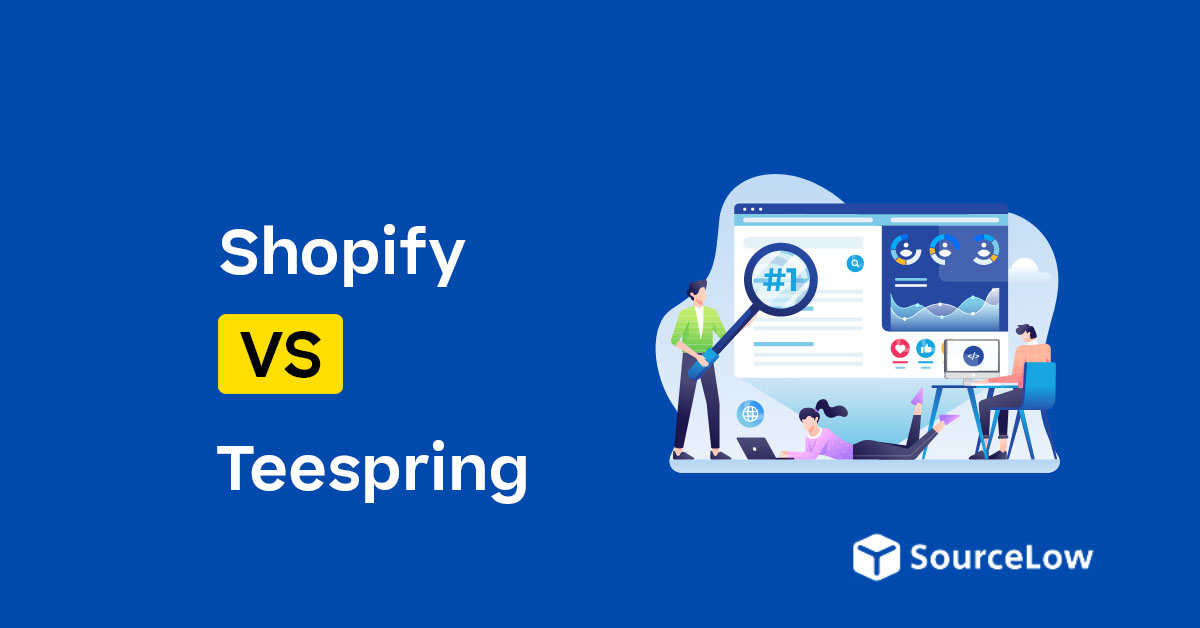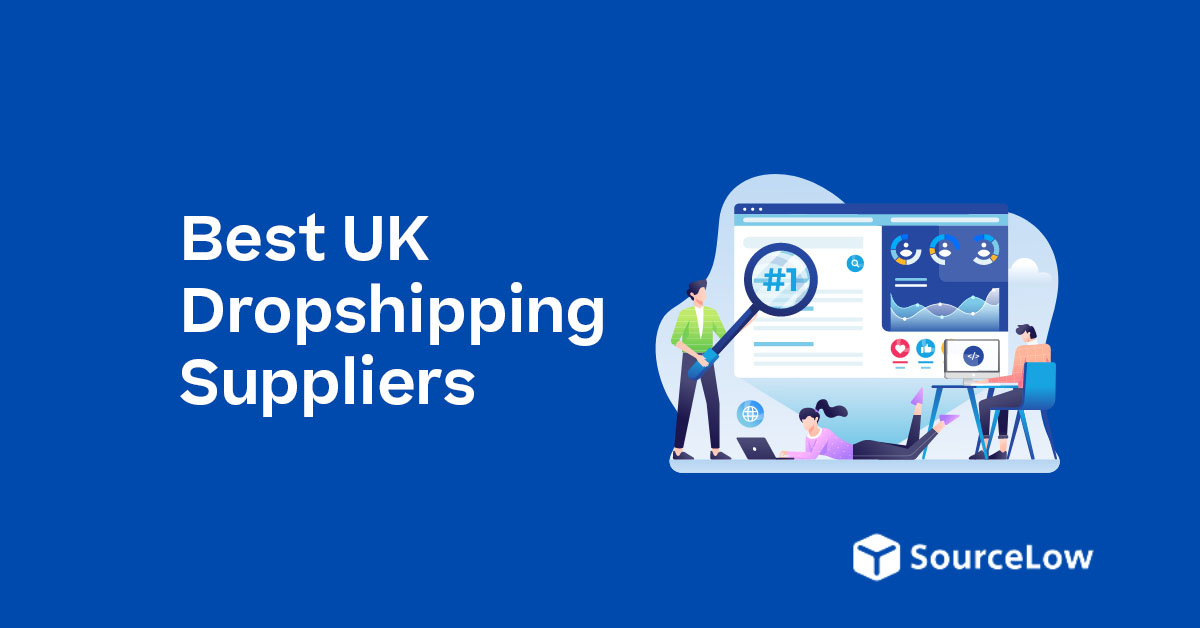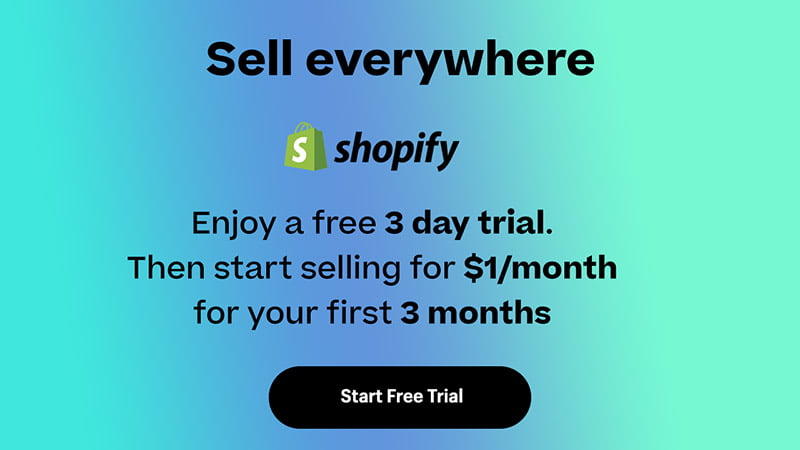Disclosure: We may earn a commission or fee from some of the links in our content. However, this does not affect our recommendations. Learn more.
As an e-commerce entrepreneur I’ve tried out many platforms for selling custom merchandise online.
Two that come up often are Shopify and Teespring. These platforms offer different ways of creating and selling products.
Shopify is an ecommerce solution, you can build your own branded store. You have more control over design, marketing and customer relationships.
Shopify is better for businesses that want to be a long term brand and sell many different products.
Teespring is focused on print-on-demand products like t-shirts, hoodies and mugs. It handles production and shipping so creators can launch merchandise quickly with little to no upfront cost.
This is perfect for content creators, influencers or anyone who wants to test the waters of merchandise sales without committing to a full e-commerce setup.
What is Shopify?
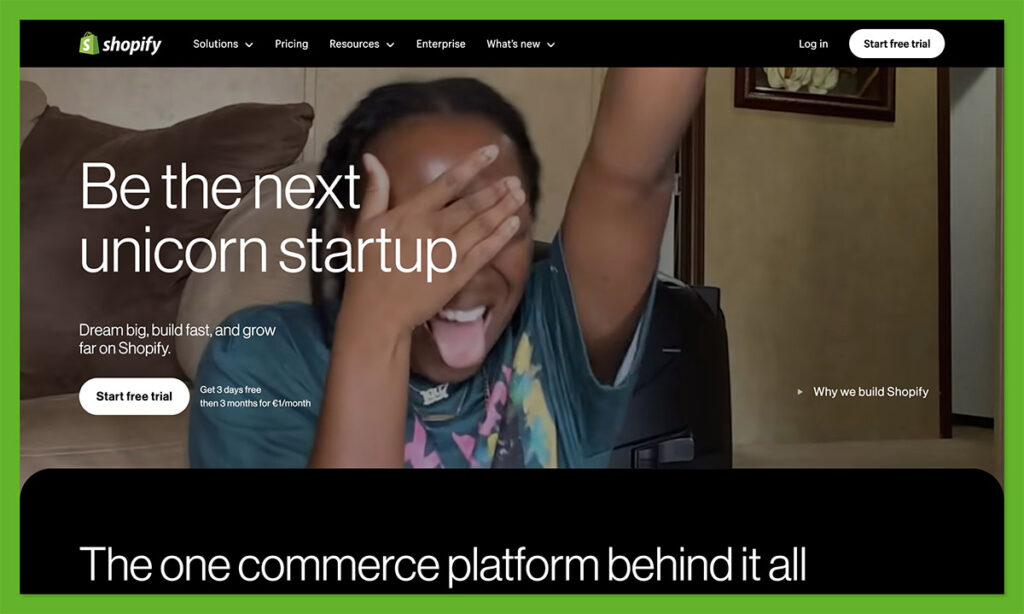
Shopify is an e-commerce solution that allows merchants to create and manage stores.
It has tools to sell products, process payments and ship. It’s for businesses of all sizes from small startups to large enterprises.
Shopify has a user friendly interface so even those with no technical skills can use it. It integrates with many third party apps and services to extend its functionality.
Shopify Features
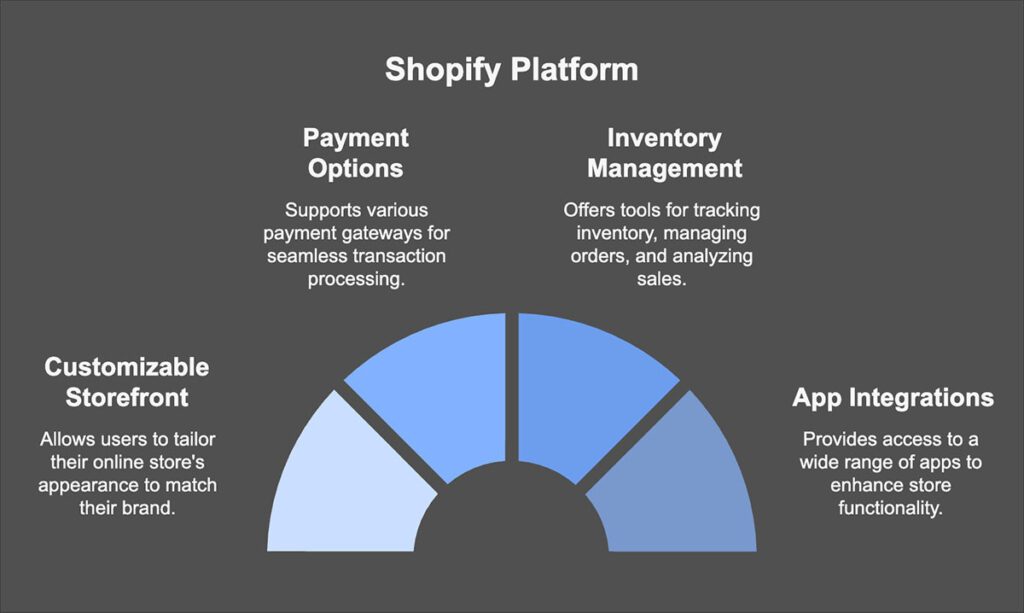
Shopify has many features for online businesses:
- Customizable store themes
- Secure payment processing
- Inventory management
- Order fulfillment tools
- SEO optimization
- Mobile commerce
- Multi-channel selling (social media, marketplaces)
- Analytics and reporting
These features help merchants build professional stores and streamline their business. Shopify also has 24/7 customer support to help with any questions or issues.
Shopify Pricing
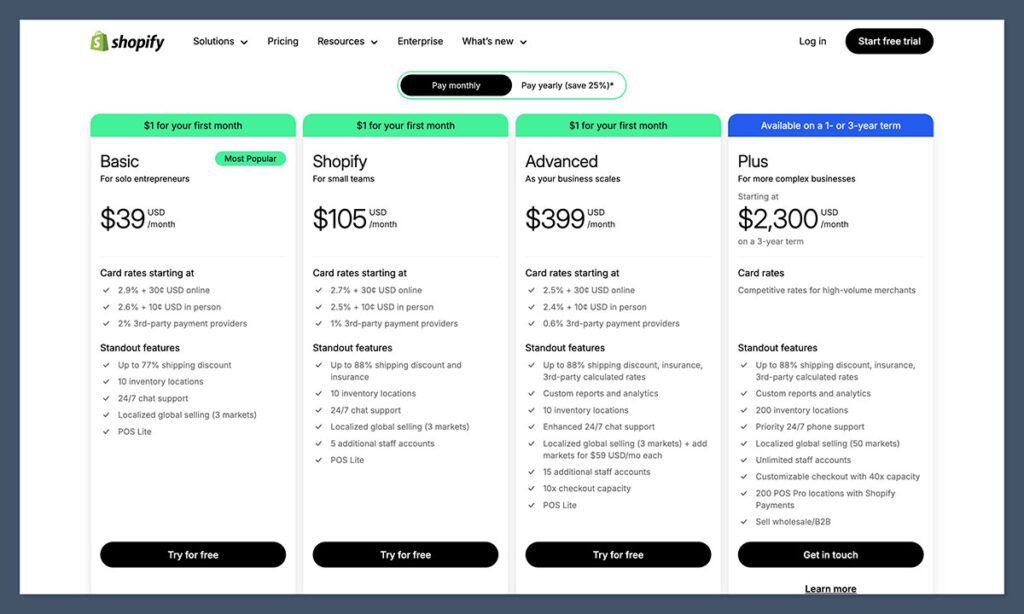
Shopify offers pricing plans for businesses of all sizes. The Starter plan costs $5 per month. The most advanced option, Shopify Plus, starts at $2,300 per month or more. Each plan includes transaction fees.
Here are the tiered pricing plans:
- Shopify Starter – $5 per month: Selling options for influencers or new sellers.
- Basic Shopify – $39 per month: Ideal for new companies and solo entrepreneurs.
- Shopify – $105 per month: Great for small teams with advanced business needs.
- Shopify Advanced $399 per month- : Ideal for scaling businesses.
- Shopify Plus – starting at $2000 per month: Advanced sales tools for enterprise-level companies.
Customers can save 25% by choosing an annual subscription. Shopify also offers a special trial. You can get 3 months for $1 per month after a 3-day trial.
This deal gives businesses a low-cost way to test Shopify. It is a great choice for starting or growing your online store.
Each plan includes core e-commerce features, higher plans have more features and lower transaction fees. Shopify also has a 3 day free trial for new users.
Custom pricing for larger businesses with special requirements.
Market Position
Shopify is well positioned in the e-commerce market. Its user friendly interface and many features make it a top choice for many entrepreneurs and established businesses.
It competes with other e-commerce solutions like WooCommerce, BigCommerce and Ecwid. Shopify’s strengths are its ease of use, scalability and app ecosystem.
I’ve seen Shopify’s market share growing especially among small to medium sized businesses.
Its focus on being a full e-commerce solution is the reason for its popularity and success.
What is Teespring?
Teespring is an ecommerce platform that allows individuals and businesses to create and sell custom products with no upfront cost or inventory management.
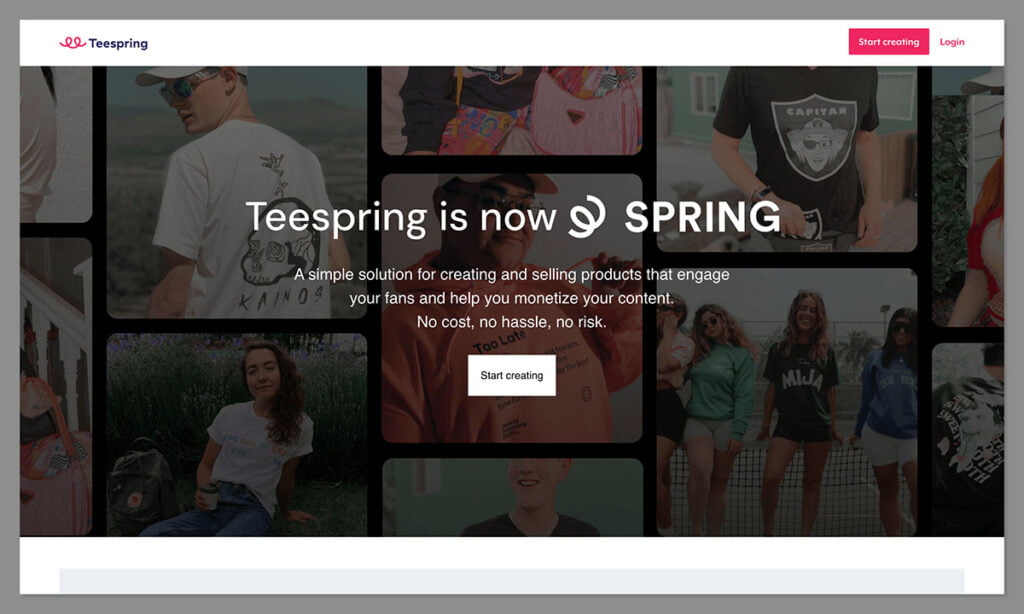
I find it useful for artists, influencers and entrepreneurs who want to monetize their brand or idea.
Users can design t-shirts, hoodies, mugs and other products using Teespring’s design tools or upload their own artwork.
The platform handles production, shipping and customer support so it’s a hassle free option for sellers.
Teespring’s user friendly interface and social media integration has made it popular among content creators.
Teespring Features
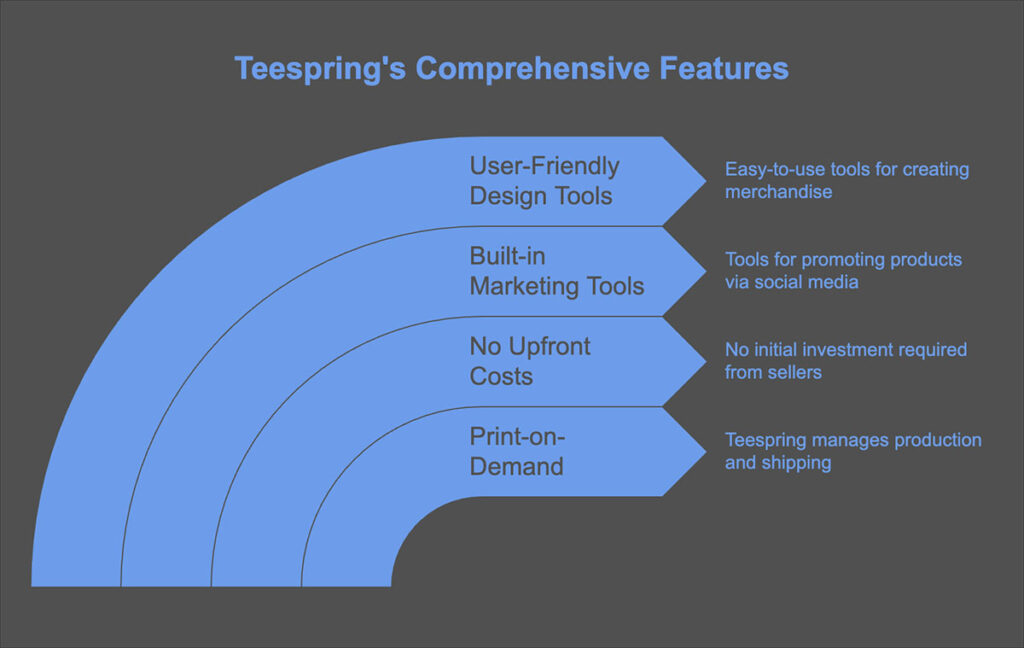
Teespring has many features for creators:
- Design Tool: Easy to use design interface
- Product Variety: Many products to customize from apparel to accessories
- Fulfillment Services: Production, packaging and shipping
- Marketing Tools: Integration with social media and advertising platforms
- Analytics Dashboard: Sales, traffic and campaign performance tracking
I like Teespring’s focus on quality, using premium materials and printing techniques to ensure customer satisfaction.
The platform also has seller support and resources to help users optimize their campaigns and increase sales.
Teespring Pricing
Teespring is a profit sharing model, no upfront cost for sellers. Here’s how it works:
- Sellers set the retail price
- Teespring deducts base cost (production, shipping, fees)
- Remaining amount is the seller’s profit
I like this model for new entrepreneurs as it minimizes financial risk. Profit margins vary depending on the product and selling price. For example:
| Product | Base Cost | Retail Price | Seller Profit |
|---|---|---|---|
| T-shirt | $10 | $20 | $10 |
| Mug | $7 | $15 | $8 |
Teespring has volume discounts so more profit for successful campaigns.
Unique Selling Point
Teespring’s unique selling point is its combination of accessibility and full service. I think it stands out for:
- No Upfront Cost: Creators can launch products without any financial investment
- End to End Solution: Design, production, shipping and customer support
- Integration: Seamless connection with social media and e-commerce platforms
- Scalability: Can handle small and big order volume
Teespring’s focus on creators and user friendly approach makes it a great option for those who want to get into custom merchandise market.
Ecommerce Business Models
Shopify and Teespring have different e-commerce models, suited for different business needs and target markets. I’ll go into each platform’s model.
Shopify Business Model
Shopify is a full e-commerce platform that provides tools for businesses to create and manage online stores. I found it to be a subscription based model with tiered pricing plans.
These plans include website hosting, payment processing and inventory management.
Shopify generates revenue from monthly subscription fees and transaction fees on sales.
It also has additional services and apps in its ecosystem so multiple income streams. The platform is for businesses of all sizes, from small startups to large corporations.
One of Shopify’s strength is its flexibility. It allows sellers to customize their stores and sell many products. This flexibility has made it popular among many businesses.
Teespring Business Model
Teespring is print on demand service, mainly for custom apparel and merchandise. I found it to be different from Shopify, no upfront cost for sellers.
The platform makes money by taking a cut of each sale. Sellers set the price and Teespring handles production, shipping and customer support.
This model is great for creators and influencers who want to sell branded merchandise without inventory management.
Teespring’s business model is all about minimizing risk for sellers. It only produces items when orders are placed, so no inventory management needed. This allows for easy testing of designs and products.
The platform has added more product types and social media integrations so more appealing to content creators.
Customization
Shopify and Teespring have different way of customizing products and stores. I’ll go into each platform’s customization options for designs and stores.
Shopify’s Customization Options
Shopify has extensive customization options for online stores. I can choose from over 70 professional themes, each with its own style and layout options.
These themes are fully customizable, I can change colors, fonts and layouts to match my brand.
Shopify’s drag and drop editor allows me to add and reorder content blocks. I have control over product pages, I can showcase products with custom description, images and variants.
For advanced customization, I can access and edit the HTML and CSS of my store. This gives me full control to create a unique look and feel.
Teespring’s Design Flexibility
Teespring is all about customizing individual products not entire stores. Their design tool is user friendly and easy to use, perfect for custom apparel and accessories.
I can upload my own artwork or use Teespring’s library of fonts and graphics. The platform supports various printing methods, all over prints and embroidery.
Teespring has a huge color palette so I can match my brand colors exactly. I can create multiple variations of a design and offer customers different color options.
Teespring’s store customization is limited compared to Shopify but I can add basic branding elements like logos and banners.
Ease of Use
Shopify and Teespring have different user experience for creating and managing online stores. I’ll compare their interface and key features that affect ease of use.
Shopify’s Interface
Shopify has a dashboard that I find easy to navigate. The left sidebar menu is organized logically so I can access orders, products and analytics.
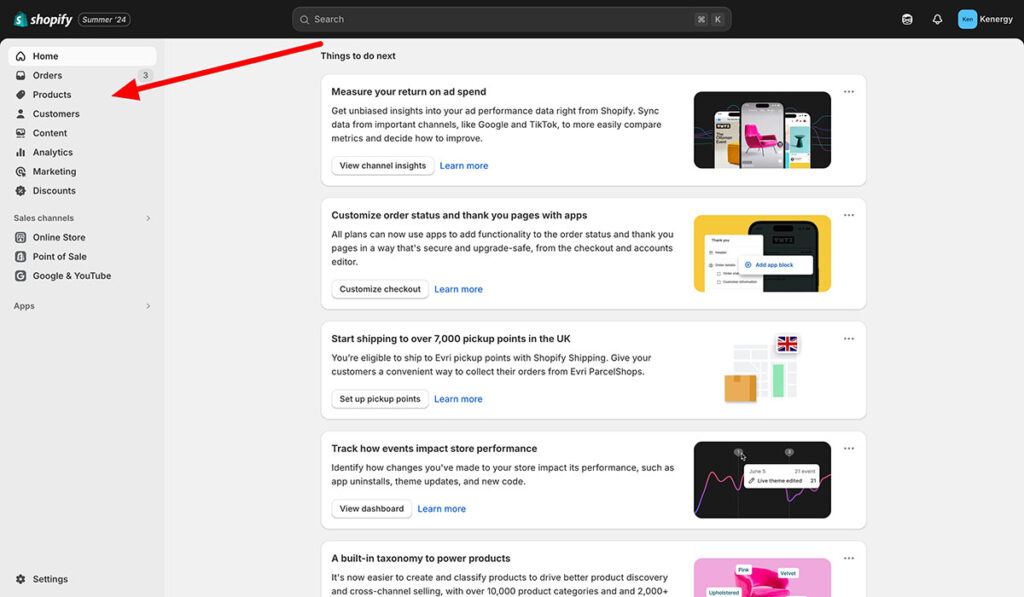
When adding new products I like Shopify’s step by step process. The product editor has fields for all the necessary details and I can upload multiple images.
Shopify’s theme customizer is a visual editor so I can see changes in real time. This drag and drop functionality makes store design easy for non coding users.
Teespring’s User Experience
Teespring is all about creating and selling custom merchandise. The platform walks me through a simple product creation process.
I start by choosing a product type, then use Teespring’s design tool to add text and images.
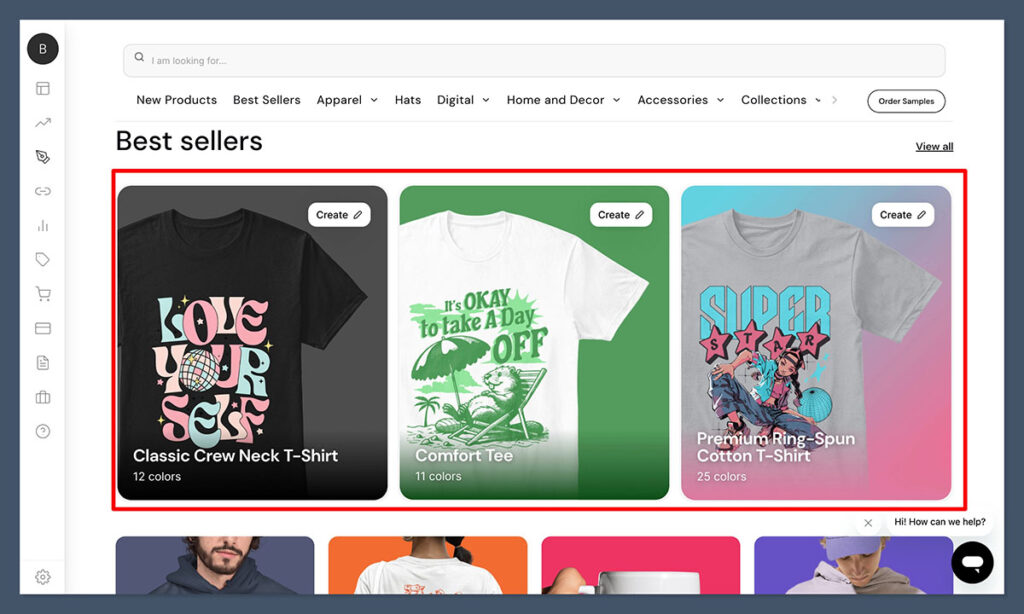
The tool is simple but not as customizable as some advanced design software.
Teespring’s campaign setup is easy to use with clear prompts for pricing, description and goals. I find the interface clean and minimal so I can focus on what’s important.
Integration and Partnerships
Both Shopify and Teespring have integration options and partnerships to supercharge their platforms.
These features allow users to reach more and streamline their workflow.
Shopify’s Integrations
Shopify has an app marketplace with over 6,000 integrations. I’ve found these integrations cover a lot of functionalities from marketing to inventory management.
Here are some popular ones:
- Social media integrations (Facebook, Instagram, TikTok)
- Email marketing tools (Mailchimp, Klaviyo)
- Accounting software (QuickBooks, Xero)
Shopify’s API also allows for custom integrations so developers can build custom solutions. This robust ecosystem allows merchants to automate and scale their business.
Teespring’s Collaboration Opportunities
Teespring now called Spring focuses on creator partnerships and collaborations. I’ve seen they offer:
- YouTube Merch Shelf integration
- Twitch Extensions for streamers
- Integrations with platforms like Linktree and Patreon
These collaborations allow content creators to sell merchandise to their audience.
Spring’s print on demand model makes it easy, they handle production and fulfillment. This is perfect for influencers and artists who want to monetize their brand without inventory management.
Marketing and Sales Tools
Shopify and Teespring have different marketing and sales tools to help creators promote their products. Each platform has its own features to help sellers reach their audience and sell.
Shopify’s Marketing Arsenal
Shopify gives me a full marketing suite. I can create and manage email campaigns from my dashboard and send to customers with personalized offers.
The platform integrates with social media so I can showcase products and run ads.
Shopify’s built in SEO features help me optimize my store for search engines. I can customize meta descriptions, URLs and alt tags to increase visibility.
The platform also has abandoned cart recovery, it sends automatic reminders to customers who haven’t completed their purchase.
For analytics, Shopify gives me detailed reports on sales, traffic and customer behavior. This data helps me refine my marketing and make informed decisions.
Teespring’s Promotions
Teespring takes a different approach to marketing, it’s all about the marketplace and social integrations. I can leverage Teespring’s existing customer base by having my products on their platform.
The site has tools to create mockups and product displays. I can share these on social media or use them in ads.
Teespring also has a Boosted Network feature that promotes top selling designs across all channels.
For creators with big followings, Teespring has the Merch Shelf feature. I can showcase products directly on my YouTube channel, merchandise integrated with my content.
Teespring’s analytics gives me sales trends and customer demographics. This helps me to tailor my designs and target my marketing better.
Support and Community
Both Shopify and Teespring have support and community but they’re different. Let’s see how each platform supports and encourages community engagement.
Shopify’s Support Network
I’ve found Shopify’s support to be extensive and easy to reach. They have 24/7 customer support via phone, email and live chat. This is super helpful when I have urgent issues with my store.
Shopify also has a massive knowledge base. It has detailed guides, video tutorials and FAQs. I often go to these for quick answers to my questions.
The Shopify community forums are another great resource.
Here I can connect with other store owners, share my experiences and get advice. Shopify experts often chime in with solutions to complex problems.
For more personalized support, Shopify has a network of certified experts. These guys can help with store setup, customization and optimization.
Teespring’s Community
Teespring takes a different approach to support and community building. They focus more on peer to peer interactions and self service resources.
The Teespring community is centred around their forum. Here I can engage with other creators, share tips and discuss marketing strategies.
It’s a great space for collaboration and idea sharing.
Teespring has a knowledge base with articles on design, marketing and platform features. Not as extensive as Shopify’s but it covers most of the basics I need to know.
For direct support, Teespring has email support. Response times can vary but I’ve found their team to be helpful when I reach out.
Teespring also has occasional webinars and live Q&A sessions. These are great for getting valuable insights and to interact with Teespring staff.
Success Stories and Case Studies
I’ve found some amazing success stories from both Shopify and Teespring users. On Shopify I found the case of Gymshark, a fitness apparel brand that went from a garage startup to a billion dollar company.
Kylie Cosmetics is another Shopify success, they launched Kylie Jenner’s makeup line to huge popularity.
The platform’s scalability helped them with their rapid growth and high volume sales.
For Teespring I found the story of a teacher who earned over $1 million selling t-shirts with funny phrases. Their designs went viral, showing Teespring’s potential for creators.
Another Teespring case is a YouTuber who made $40,000 in merch sales in 30 days. They used their existing audience to drive big revenue through the platform.
These are the key differences:
- Shopify: For building a full fledged ecommerce brand
- Teespring: For creators monetizing their audience
Both have enabled entrepreneurs to achieve great success but in different ways. Shopify is for larger scale operations and Teespring is for individual creators and influencers.
Conclusion
When choosing between Shopify and Teespring I recommend you evaluate your specific needs and goals. Both platforms are great for selling custom merchandise online.
Shopify gives you more control and customization options for building a standalone ecommerce store.
If I want to create a branded shopping experience and sell more than just print on demand products.
Teespring has a simpler setup process focused on custom apparel and accessories.
Their integrated design tools and established marketplace allows me to get started fast with minimal upfront costs.
Budget is another factor to consider. Shopify has monthly fees but I own my store. Teespring is free to use but takes a bigger cut of each sale.
I also need to think about my technical skills and time availability. Shopify requires more setup and management, Teespring handles most of the backend for me.
So neither is better. I just choose the one that fits my business model, audience and goals for custom products.
